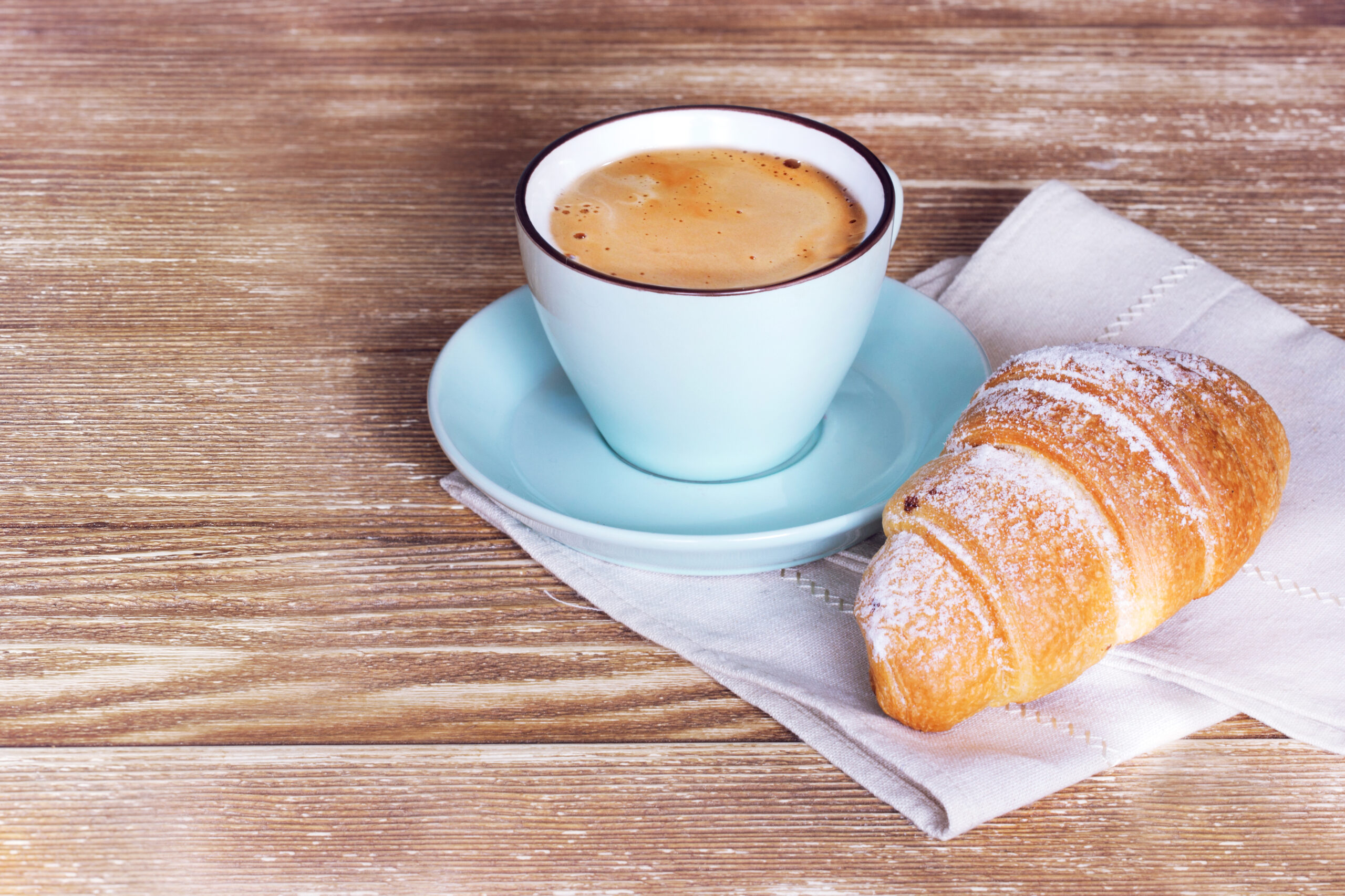Consumer segmentation creates an opportunity for companies, to develop products and services that were previously unavailable to consumers, but may respond to an existing need.
In CPG, one such need is the time-commitment insight: time scarcity/convenience vs leisure/experience.
True, today’s consumers are usually on the go, and they demand faster, efficient solutions. But the same consumers also like to linger when they have more time on their hands, for example on weekends and holidays.
Nowadays, companies mostly cater to the on-the-go consumer: from drive-thru and delivery options, to dry shampoo and in-shower lotions, consumers can spare more chore time.
Yet, these exact chores, may become experiences when time circumstances change. And these experiences are the ones that create brand relationships and loyalty, while convenience is – essentially – a commodity.
In foodservice and retail, the time-based segmentation is common. A notable example is Starbucks: the coffee retailer offers options for every need. On the one hand – an “order ahead” app, a standalone drive-thru, and coffee carts are available at busy, high-traffic locations. More relaxed, “home away from home” locations invite guests to stay longer. Some stores combine the two: for example, the new Starbucks Reserve bar in Closter, NJ wants to cater to on the go consumers through the “core coffee” line, but focuses on creating an adult coffee education experience through its Reserve Bar, which comes with collectible cards to further engage consumers post-sale.
This segmentation is also at work at Costa Coffee, the British coffee chain, which in addition to coffee shops operates express vending machines. And Nespresso offers a coffee experience in its boutiques to those looking to indulge, but also offers the Nespresso Cube, an automated coffee boutique.
The travel industry has long been accustomed to price-convenience segmentation (e.g., coach vs. business travelers), but is now discovering the potential of the experience-convenience segmentation. Millennial-focused hotels, such as Hilton’s Canopy, Radisson Red, or Virgin Hotels, recognize that the Gen-X guest is both a business traveler and a leisure traveler at the same time: these hotels use technology to support efficient communication for the guest’s functional needs, but utilize design and playful communal areas to allow for leisure experiences and downtime.
Among food retailers, Wholefoods is especially attuned to the two shopping modes. As much as the stores are designed to offer a shopping experience, much attention is given to allow shoppers a quickie — it’s easy to get in only to buy a pastry, coffee or yogurt.
This segmentation can – and should, in our opinion – be utilized in consumer packaged goods.
In personal care, consider a “week/weekend” segmentation, perhaps stripping the product down to its basic function midweek – but offering a pampering spa experience using anything from merely a different usage suggestion (as is common with body wash for shower or bath), through mix-in ingredients that create another texture or use, to fragrance, and even using IoT – connecting the product to the smart home for ambiance: music, light, etc.
In food and beverage, a “quick fix” will suffice during the week, but brands can offer a different experience for the everyday product, to make the product exciting through tableware, recipes and get-together options, among others.
The message, then, is for brands to offer the choice — sometime you want the convenience of getting the essence with minimal trouble; sometimes you want to take your time.
The segmentation should be seen in the greater context of the Stress-Free consumer Insight: often convenience and speed are the road to reduce stress, but sometimes consumers look for ways to unwind. Brands should accommodate both.

